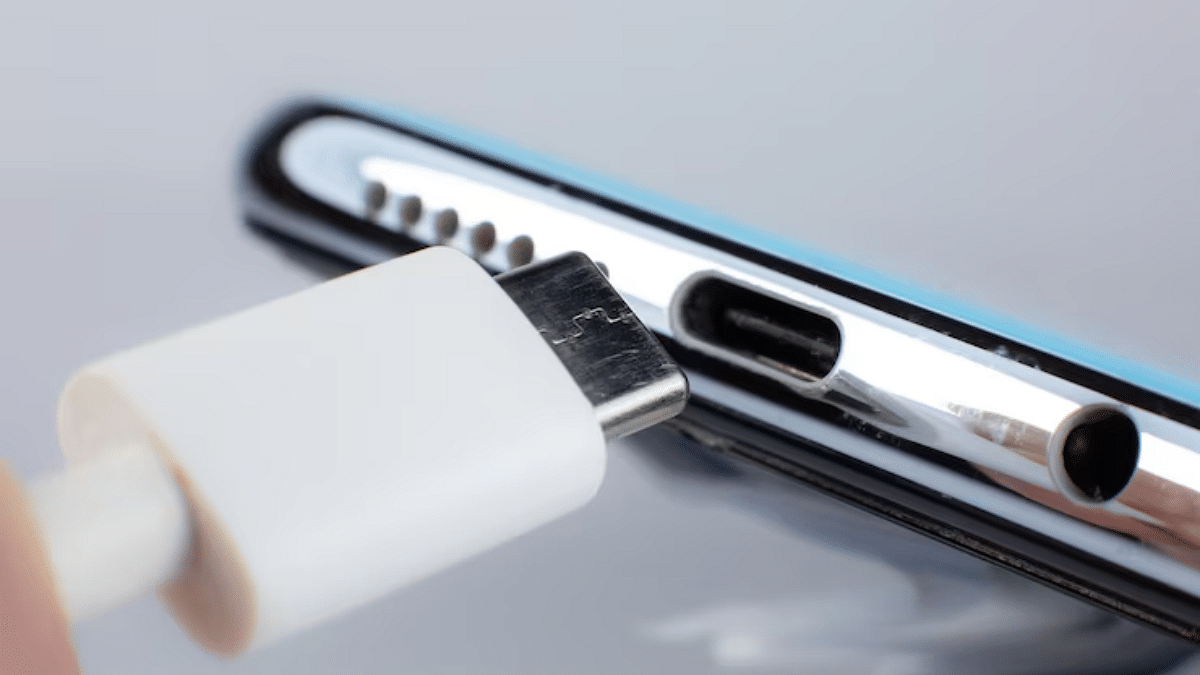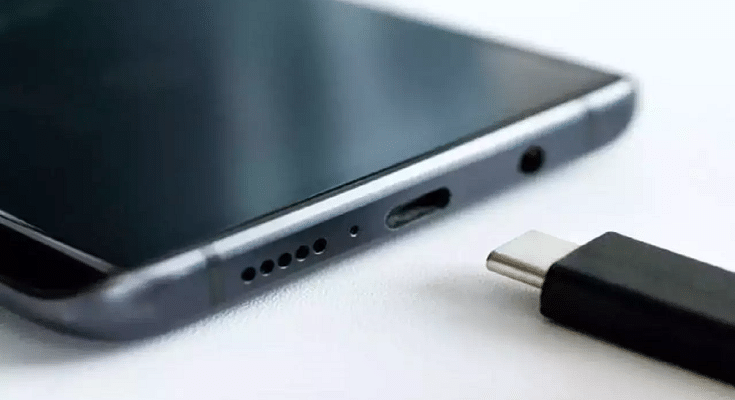Key Highlights
- India aims to mandate USB-C chargers for phones, tablets by mid-2025 to cut e-waste
- A task force formed in November 2022 is studying the switch to a common charger
- This move mirrors the EU’s efforts, aiming for simpler charging and greener tech practices
India is set to follow in the footsteps of the European Union (EU) by introducing new regulations aimed at standardizing the charging ports for smartphones and tablets sold in the country. According to reports, the Indian government is planning to mandate the use of a common USB-C charging port for all smartphones and tablets by June 2025. This move is part of a broader initiative to reduce electronic waste caused by the proliferation of different charging cables and adapters.
Also Read | Apple iPhone 15 USB-C Advantages: How It Benefits Users
Background And Motivation
The Ministry of Electronics and Information Technology (MeitY) is leading this initiative, which may eventually extend to include laptops by 2026. Currently, while many Android smartphones already use the USB Type-C connector, some tablets and accessories still rely on older microUSB chargers. Apple iPhones and iPads have largely transitioned to USB Type-C with newer models, although some MacBooks still use MagSafe or USB Type-C connectors.
The EU’s decision to mandate USB Type-C as the standard charging port across various devices, including smartphones, tablets, cameras, and audio products, has influenced India’s considerations. This move aims to simplify charging for consumers and reduce the environmental impact associated with outdated or incompatible chargers.
Government And Industry Collaboration
In November 2022, a task force including representatives from industry associations, educational institutions, and major smartphone brands such as Samsung and Apple was established to explore standardizing charging ports in India. Discussions included balancing environmental benefits with potential challenges for local manufacturing and consumer convenience.
Implications For Consumers

Once implemented, consumers can expect greater convenience and reduced clutter from having to manage fewer types of charging cables and adapters. The shift to USB-C as a universal standard could also streamline the charging experience across various devices, enhancing interoperability and user convenience.
Challenges And Considerations
While the move towards standardization is aimed at long-term environmental benefits and consumer convenience, there are challenges to navigate. Manufacturers may need to adjust production lines and strategies to comply with the new regulations, potentially impacting costs and production timelines. Additionally, the phased approach to including laptops by 2026 reflects careful planning to minimize disruptions to both consumers and manufacturers.
Future Outlook
Although a specific timeline for implementation has not been finalized, the mandate for smartphones and tablets is expected to begin by mid-2025. Further discussions and consultations will likely refine the details, including considerations for feature phones, audio products, and wearables, which are currently not included in the mandate.
Also Read | Planning An Adventure? Here Are Five Gadgets You Can’t Leave Behind
Conclusion
India’s move towards standardizing smartphone and tablet charging ports represents a significant step towards environmental sustainability and consumer convenience. By aligning with global standards, India aims to reduce electronic waste while enhancing the usability and compatibility of electronic devices for its citizens.
